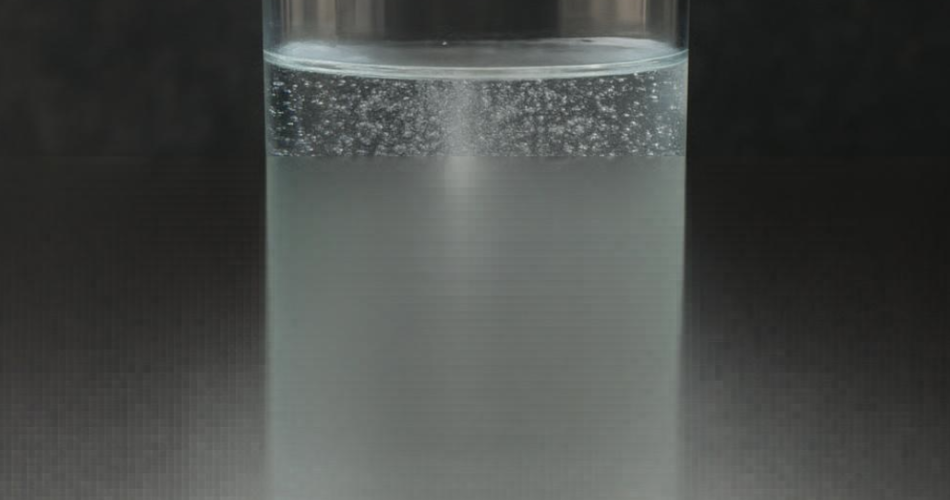Today I want to share my real-world experience of creating hydrogen-rich “living” water at home — without expensive equipment — and explain how this water behaves over time, how its properties change, and how it can be enhanced using natural infusions from hay, oats, and herbs.
It all started with the filtration system I built myself. It consists of three 10SL cartridges: coconut carbon, magnesium + zeolite, and pure zeolite. Water passes through them slowly, in a thin stream, which allows it to stay in contact with the filtering materials longer and become properly saturated with hydrogen. The magnesium I used is particularly pure: 99.9% magnesium shavings with minimal impurities. Zeolite, as we know, binds heavy metals very effectively — including any possible traces of aluminum, copper, or manganese that might come from the magnesium.
The resulting water had astonishing properties. The pH was 9.75. The ORP (oxidation-reduction potential, or redox) was –700 mV right after filtration. TDS (total dissolved solids) was 127 ppm. Electrical conductivity: 260 µS/cm. Salt content: 121 ppm. The output water temperature was about 22°C. This was real “living water” — soft in taste, alkalizing, and a powerful antioxidant.
I observed how the parameters changed over time. After 10 minutes, ORP was –630 mV. After 30 minutes — –575 mV. After an hour — –550 mV. This confirmed that the water really contained dissolved molecular hydrogen, which slowly escaped into the air. To test this further, I heated the water to 44°C. The ORP rose to –500 mV, and pH dropped to 9.33. Five minutes later, at 48°C, ORP was –470 mV and pH 9.23. Eventually, ORP decreased to –410 mV.
The key takeaway: even though hydrogen escapes, the water retains its alkalizing properties and softness. ORP of –370 mV at 46°C after 15 minutes is still excellent. But this proves that you should drink this kind of water soon after filtration — while the hydrogen is still present.
One especially interesting observation came from comparing this water to that from a hydrogen-generating bottle (electrolysis). In the bottle, hydrogen bubbles were clearly visible — but ORP didn’t drop at all. This is because the hydrogen gas didn’t actually dissolve in the water; it simply escaped. And if the anode and cathode are in the same chamber, oxygen and hydrogen cancel each other out — and the water remains neutral in ORP.
Finally, I explored how herbal infusions affect ORP. I discovered that infusions made from oats, hay, blackcurrant leaves, or nettle — especially when steeped in warm water (35–45°C) — can become reductive in just 6–12 hours. Natural antioxidants, enzymes, vitamins, and mild fermentation can lower ORP to –100…–300 mV. This works even in regular purified water — but the effect is enhanced when the base is magnesium-rich living water.
So, what I ended up with was a fully functional, self-made system: magnesium and zeolite filtration, real-time measurements, understanding the physics and chemistry of living water, and boosting it with natural plant infusions. It’s not just healthy — it’s real, replicable home research. And you can feel the difference between dead and living water.
Disclaimer
The information provided in this article is for general informational purposes only. The content presented on this website should be considered solely as opinions and personal experiences. Read more

But not all water with negative ORP is hydrogen water. ORP can also drop because of vitamin C, tea polyphenols, fermented herbs, or even iron. These lower ORP but don’t produce hydrogen.
Example: Hydrogen water (from Mg or electrolysis): –500 to –700 mV, has H₂, herbal tea (nettle, oat, etc.): –150 to –300 mV, no H₂, vitamin C water: –200 mV, no H₂, tap water: +250 mV, no H₂
So, low ORP ≠ always hydrogen.